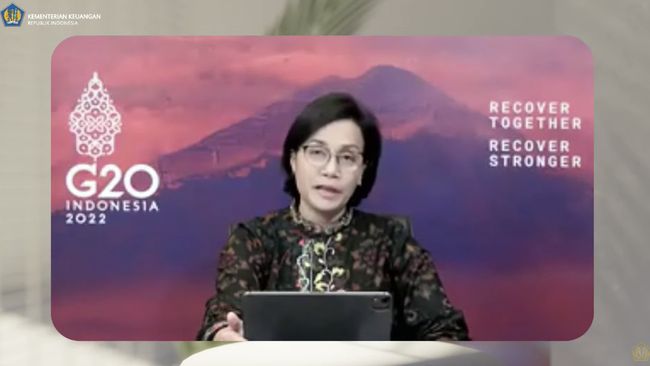Gender violence is one of the “silent crises” that Latin America is experiencing, since one in three women is a victim of physical, psychological or sexual abuse, according to the Economic Commission for Latin America and the Caribbean (ECLAC). .
The executive secretary of ECLAC, Alicia Bárcena Ibarra, pointed out that, especially during the Covid-19 pandemic, the exposure of women and girls to situations of domestic violence increased and there is less possibility of them having support networks.
Participating in the fifth meeting of the Forum of the Countries of Latin America and the Caribbean on Sustainable Development 2022, in San José, Costa Rica, she said that the unequal burden of care in the region has also increased, due to the fact that women dedicate the three times as much time as men to domestic work and unpaid care.
The burden of domestic and care work fell disproportionately on women, in view of which it is necessary to move towards a “care society” that prioritizes the care of people, the planet and self-care, she stressed.
He commented that, although 33.6 percent of the seats in parliaments in Latin America are occupied by female representation, women continue to be a minority in the highest positions.
She raised the need to promote the participation of women in national parliaments and leadership positions and in local governments, to address the particularities of each territory.
Bárcena Ibarra, who after 14 years as executive secretary of ECLAC will leave office on March 31, thus closing a cycle of 25 years at the UN, pointed out that two other silent crises in Latin America are the loss of more than one year of schooling due to the pandemic and the exacerbation of the destruction of biodiversity.
Wage inequality continues in Mexico
In the first three years of the current administration, the percentage of women with a formal job who obtained a salary income sufficient to cover the family welfare line fell 1.2 percent, from 48.3 percent in 2019, to 47.1 percent in 2021, reported the Employer Confederation of the Mexican Republic (Coparmex).
At a press conference to publicize the results of Data Coparmex 2.0 in labor matters, the CEO 2030, Valentina López, elaborated that in the case of men during the reference period there was also a decrease; although this was higher by 2.0 percent, the percentage of women with lower economic remuneration for their work was higher.
These statistics indicate that this phenomenon where women are victims of economic violence within their workplaces has remained constant, at least during the last six years, which reveals that the current federal government has not reduced the salary difference between men and women. .
While in 2015 the percentage of women with a formal job who obtained a salary income sufficient to cover the family welfare line was 43.1 percent, that of men was 53.2 percent.
In fact, from 2015 to 2021, the percentage of women with a formal job who earned enough wage income to cover the family welfare line never exceeds 50 percent; the maximum percentage that has been reached is 49.1 percent, while in the case of men, 58.9 percent.
- The data: The participation rate of women in Mexico is still below the average for Latin America, 50 percent, according to Citibanamex.
–
They recognize Banxico’s progress in gender equality
With the appointment of Victoria Rodríguez as governor and Irene Espinosa and Galia Borja as deputy governors, the Bank of Mexico (Banxico) made progress in its commitment to gender equality at all levels, and thereby improved the certification it obtained in 2017 in the matter.
“The Bank of Mexico has obtained the EDGE Move certification. We were the first central bank recognized for its commitment to gender equality through the EDGE Certification in 2017, this year we endorse our commitment to gender equality”, he highlighted on social networks.
The EDGE Certified Foundation reported that after being recognized in 2017 with the EDGE Certificate, Banxico has now achieved the EDGE Move Certification, showing the progress it has made towards gender equality in the workplace. “It is one of the few central banks that has a female governor and two deputy governors,” he added in a statement.
EDGE is the leading global assessment and business certification for intersectional and gender equity. The EDGE Move level is the second level of certification that demonstrates an organization’s progress towards achieving gender balance and gender equality in the workplace.
–


